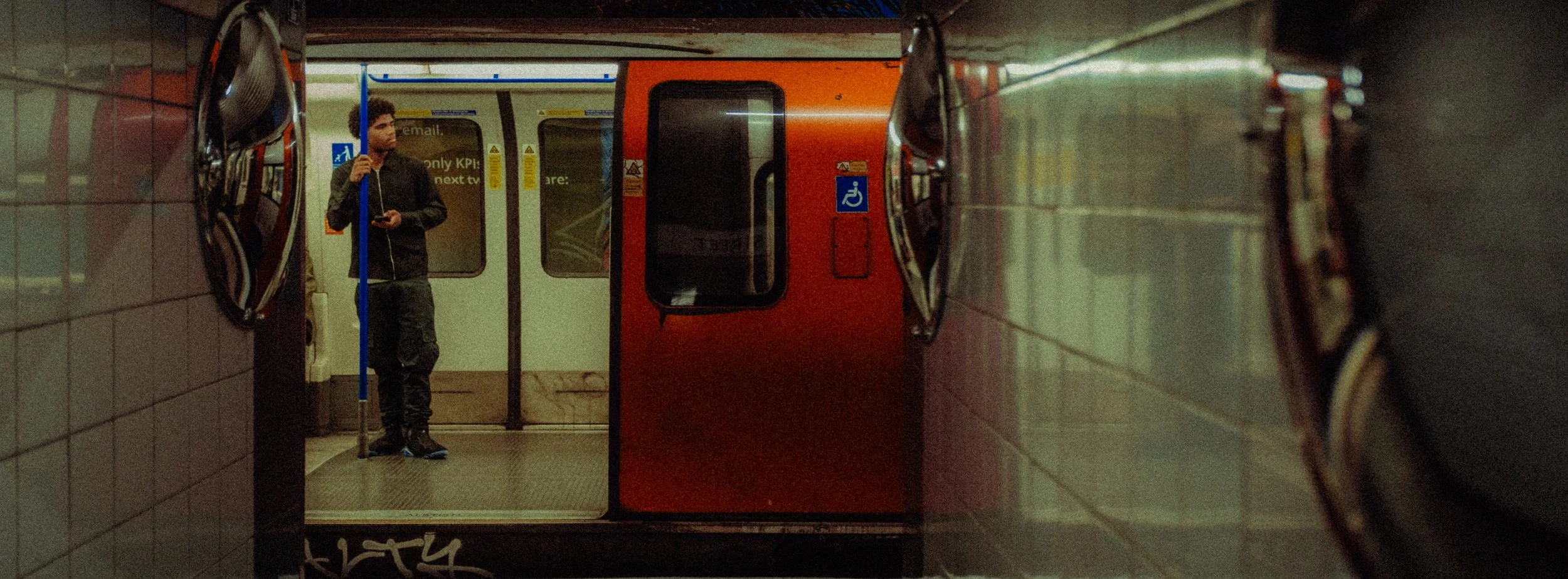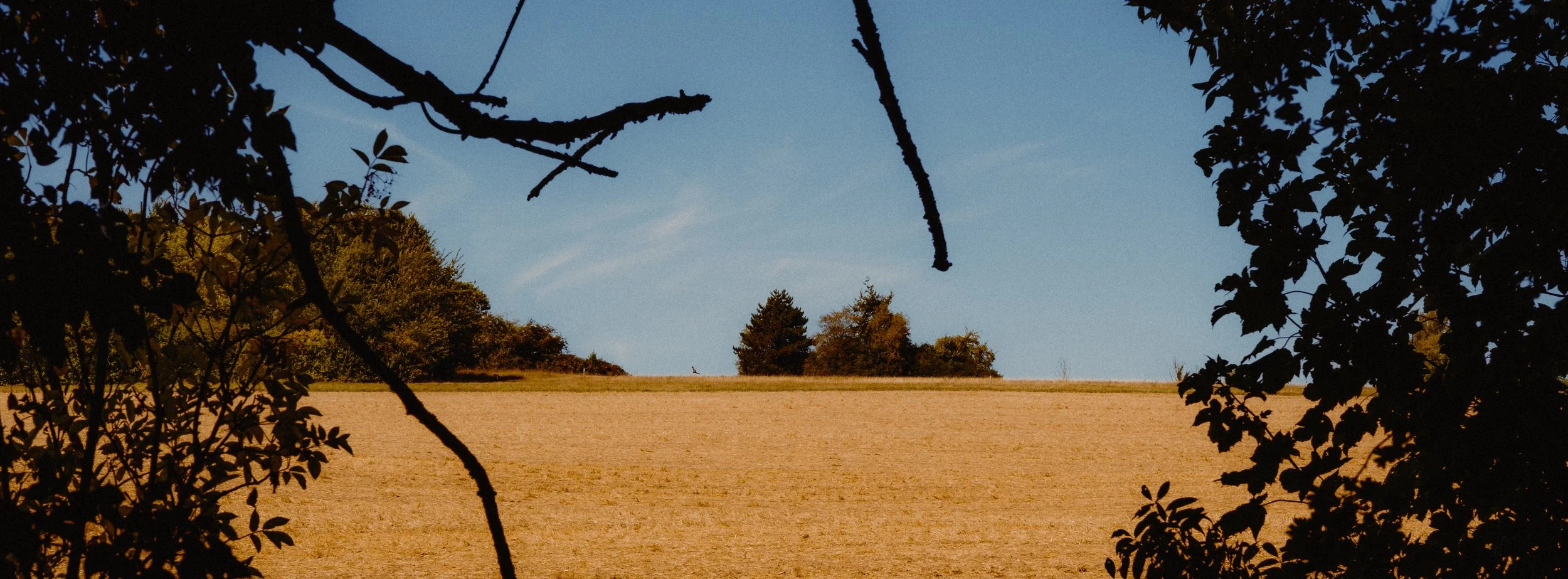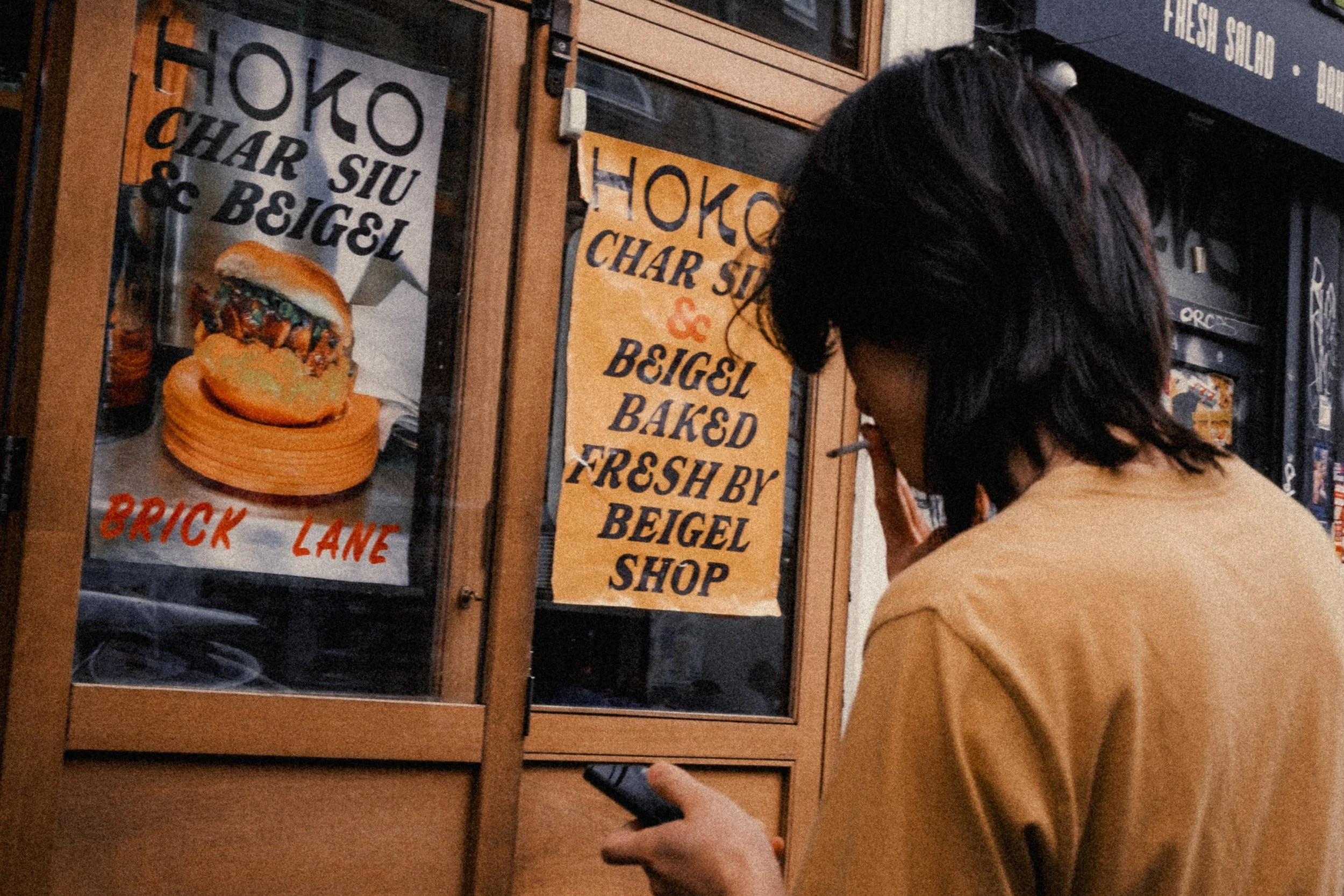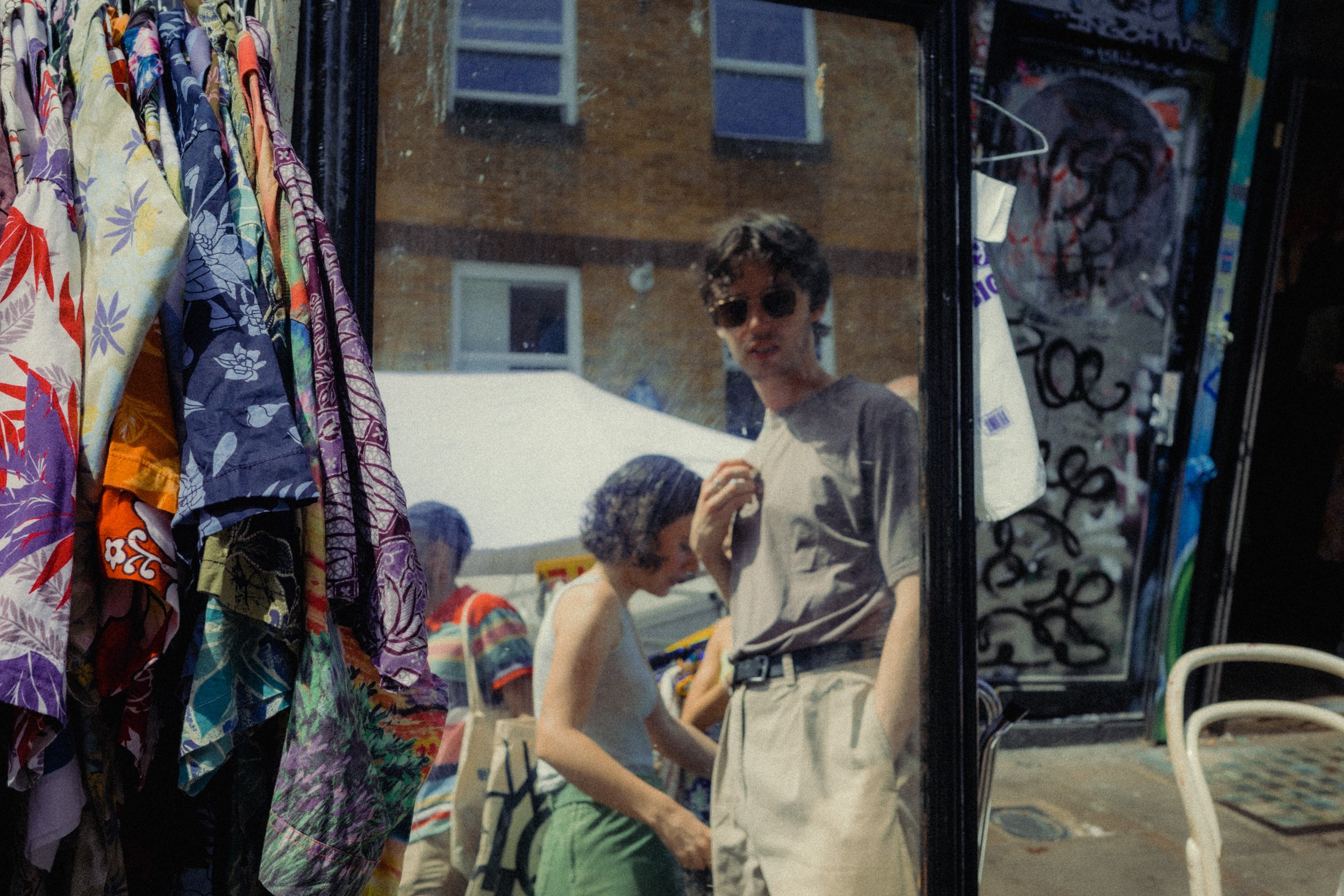Sigma 17-40mm f/1.8 for Fujifilm | The Best Travel & Low-Light Zoom?
Over the past year, the lenses I’ve used most for my Fujifilm cameras haven’t been made by Fujifilm, but by Sigma — namely the Sigma 18-50mm and, more recently, the Sigma 17-40mm f/1.8.
Sigma is one of the few third-party lens manufacturers I trust, and I’ve been using their lenses for nearly a decade. I find both the build quality and the photos they produce to be on par with, if not better than, Fujifilm’s own lenses.
In the case of the Sigma 17-40mm, Fujifilm still hasn’t created an equivalent.
The Sigma 17-40mm is the only f/1.8 zoom lens available for Fujifilm’s X Series, which makes it a great option for shooting at night. It’s the type of lens you can mount on your camera and not worry about changing.
With the Sigma 17-40mm, you get a very practical focal length range, a fast aperture, and impressive image quality.
My first impression when picking up the lens was how solidly built it felt — followed quickly by noticing its size and being surprised at how light it actually is. The lens is weather-resistant and includes two customizable buttons that can be assigned through the camera menu.
That said, there’s no getting around its size. For street photography, this can be an issue as it tends to attract attention. For that reason, I’ll most likely use the 17-40mm mainly while traveling and switch to smaller prime lenses when shooting here in London.
This also ties into an issue I’ve been having with Fujifilm lately: their newer camera bodies and lenses are now about the same size as full-frame setups. The advantage of APS-C systems being smaller and lighter seems to be fading.
As for image quality, I’ll include photos with this blog post — they’ll be a better judge than anything I could write.
All in all, I see the Sigma 17-40mm as a lens I’ll use primarily for travel. It’s one I can attach to my camera and comfortably shoot with indoors, outdoors, day or night, without needing to swap lenses. While its size puts me off using it for street photography in London, its versatility easily outweighs that drawback — especially when I’m not shooting in the city.










